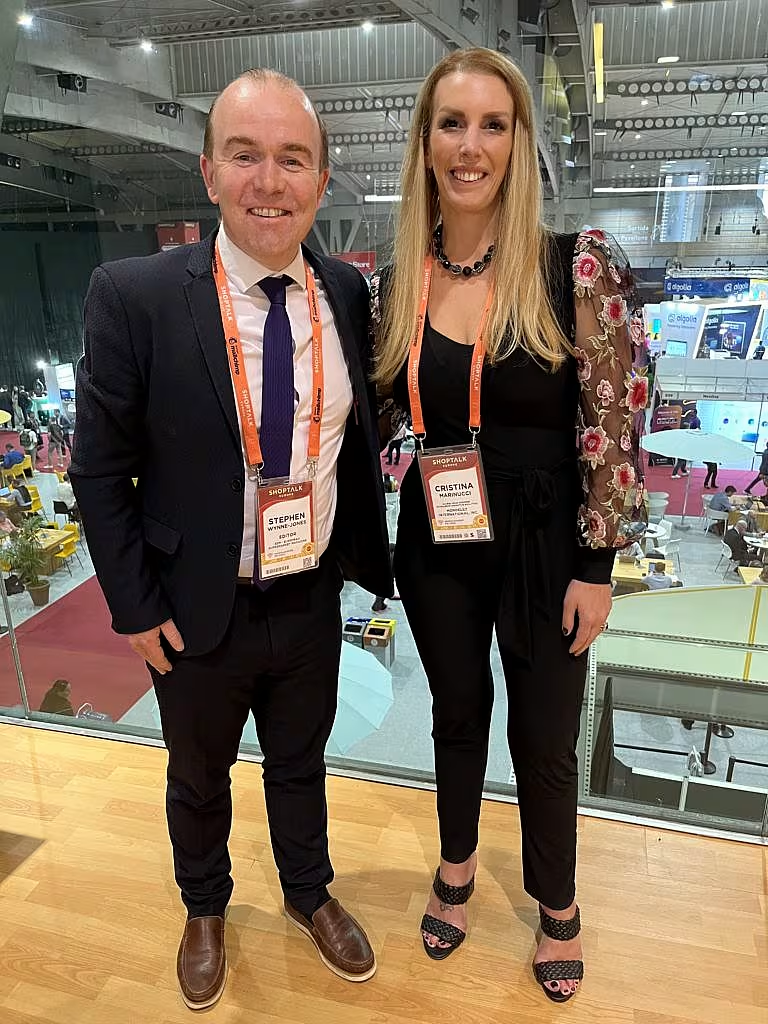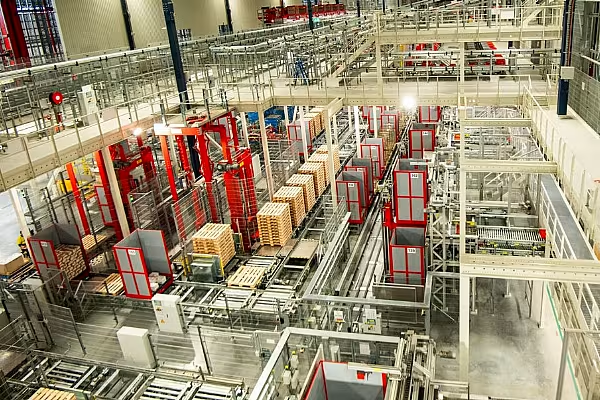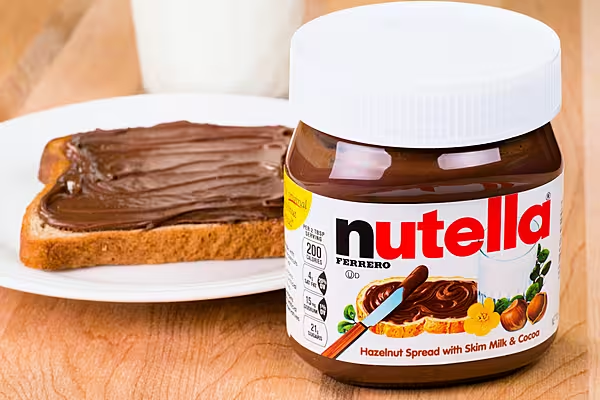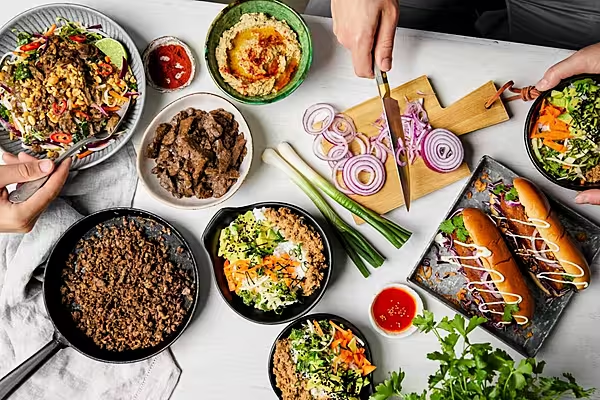Depending on whom you ask, the metaverse either represents the future of how we work, connect and play, or the latest ‘shiny new thing’, destined to have the same limited lifespan as a countless other ‘game-changing’ tech innovations.
Those willing to dismiss both the metaverse and its associated technology, Web 3.0, as a flash in the pan should note that some of the biggest retailers and brands – among them Coca-Cola, Heineken, Walmart and Carrefour – have already dipped their toes in the digital water, with promising results.
At the recent Shoptalk Europe exhibition in Barcelona, Cristina Marinucci, head of global shopper insights and analytics, Mondelēz International, gave her take on why the metaverse may be here to stay, and how brands can unlock value from this most untraditional of marketing landscapes.
Citing Gartner research, which likened the emergence of Web 3.0 as the transition from analogue to digital, Marinucci noted that the metaverse is an “evolving road map” that is likely to be impossible to ignore as the decade progresses.
“The worst thing you can do is do nothing and ignore it,” she noted.
Earlier this year, Mondelēz brand Oreo launched the ‘Oreoverse’, inviting fans to play cookie-themed games and win prizes, including a $50,000 grand prize. Elsewhere, its Indian arm has used the metaverse for onboarding new hires.
ESM’s Stephen Wynne-Jones caught up with Marinucci.
Connecting With Consumers
“The metaverse is a way to engage, in a very immersive way, to connect with shoppers on their terms,” she explains. “Particularly when it comes to Gen Z, it can help to find and unlock an opportunity to talk to that generation where they already are.”
Marinucci points to a recent Kraft Heinz campaign, which set up ‘rest areas’ in massive multiplayer online games such as Call of Duty, to enable gamers to seek respite from the all-encompassing virtual world and fetch a snack in the real one.
“I thought that was brilliant – it really unlocked what we always talk about. It’s tapping into an opportunity and making it relevant to the consumer because they’re already doing it. This is a channel that they’re already engaging in. It’s a different opportunity to connect.”
The same is true of the metaverse – brands need to seek out opportunities that provide value to users, rather than being “gimmicky or not aligned with brand strategy,” says Marinucci.
“You don’t need to ‘try on’ an Oreo,” she says. “You don’t need to see it in 3D, spinning around. There has to be some value that the shopper is going to derive from it, so that might be a recipe where we’re using Oreo as an ingredient, or a fun interaction to create a custom Oreo, where you can change the colours and filling. That makes sense – it becomes an extension of the brand – but when it’s not aligned with the brand and you’re just throwing something up that they can see right through, it’s not authentic. It has to be meaningful to them and create value.”
A New Form Of Value
The definition of ‘value’, in this instance, isn’t value in the traditional, transactional sense – something that age-old businesses can find hard to understand, particularly given the investment required in embracing new technologies.
“Value, in this case, can be fun – it can be just a fun way to interact,” says Marinucci, “however, brands need to have realistic expectations regarding the value it will drive back.
“It’s a case of long-term investment versus short-term ROI. If you’re based on short-term returns, you’re going to be set up for failure because you won’t see that pull-through right away. The brand-building and equity has an intrinsic value that needs to be taken into account.
“Many digital investments, especially in the CPG industry, don’t show immediate online conversions because a significant portion of sales still happens offline, so we need to look at it differently and recognise that the traditional short-term ROI doesn’t capture the true impact of the investment. This pertains to the metaverse as well.”
Guidelines And Standards
Of course, as with the real world, there are protocols that need to be taken into account in the digital environment. In the case of Mondelēz International, this includes ensuring that it is not directly advertising to children.
“There is a lot of governance involved,” Marinucci says. “By implementing these protocols, we enable our brand and customer teams to navigate this space, innovate and create while adhering to established guidelines and standards.
“I believe there are ways to still learn and test out certain propositions and iterate on them. I think we’re all kind of learning as we go – we’re building the plane and flying it at the same time. It’s a continuous, exciting process.”
Read More: What Role Will The Metaverse Play In The Retail Sector?

ESM editor Stephen Wynne-Jones with Cristina Marinucci, head of global shopper insights and analytics, Mondelēz International
© 2023 European Supermarket Magazine – your source for the latest A-brand news. Article by Stephen Wynne-Jones. Click subscribe to sign up to ESM: European Supermarket Magazine.














